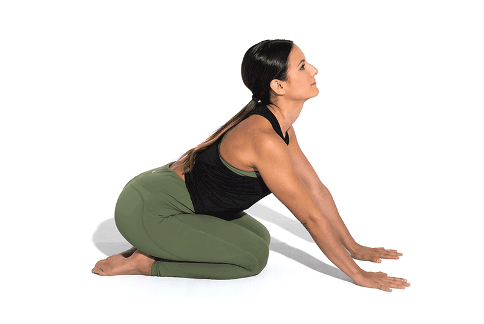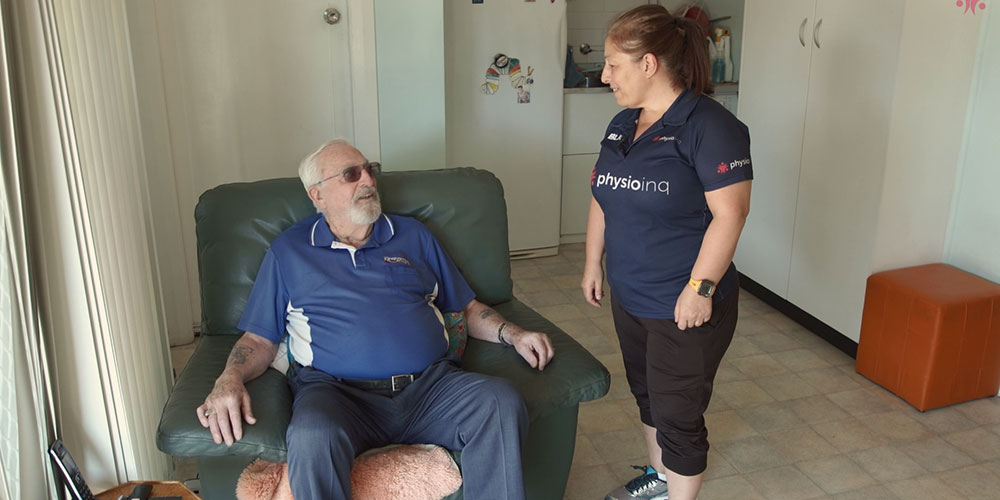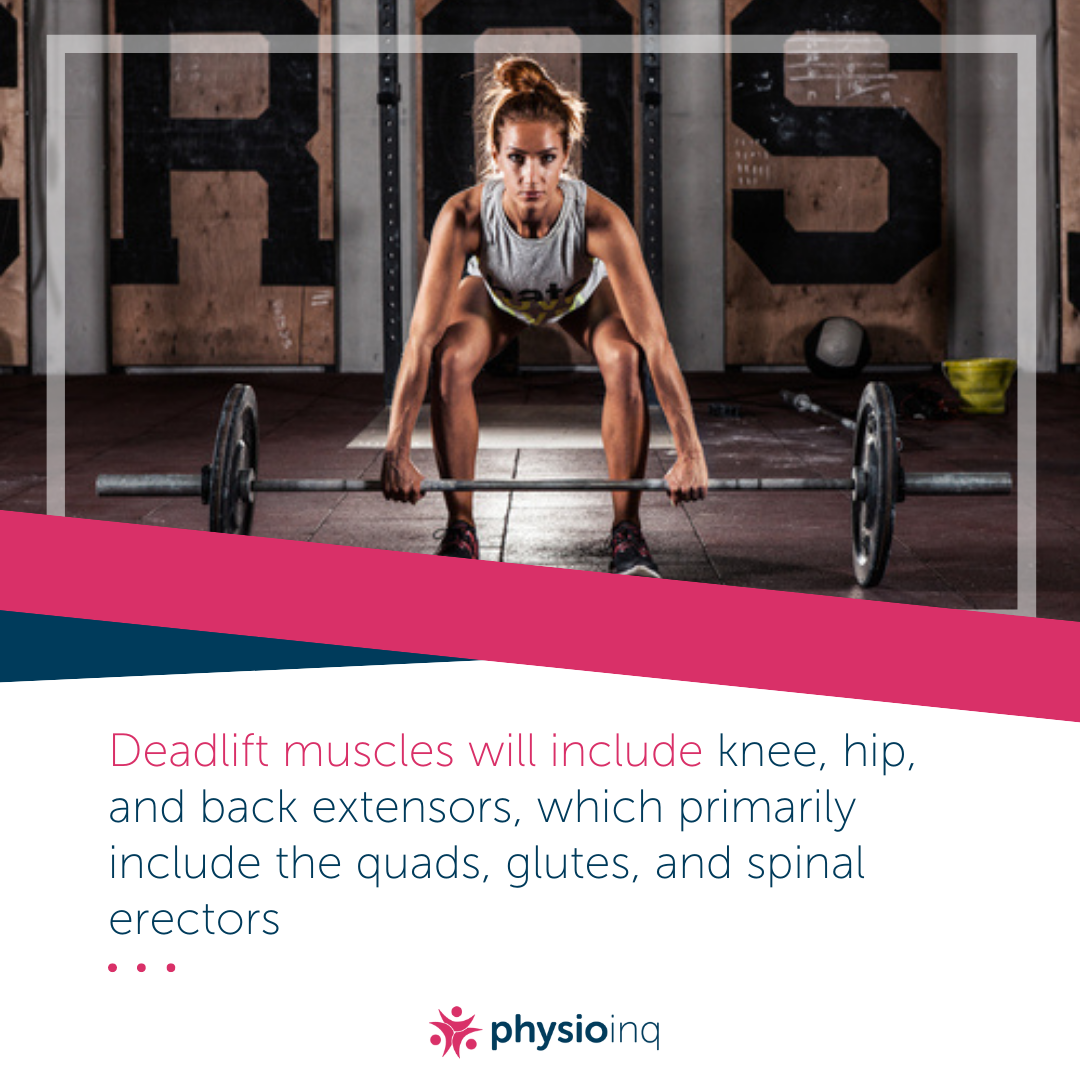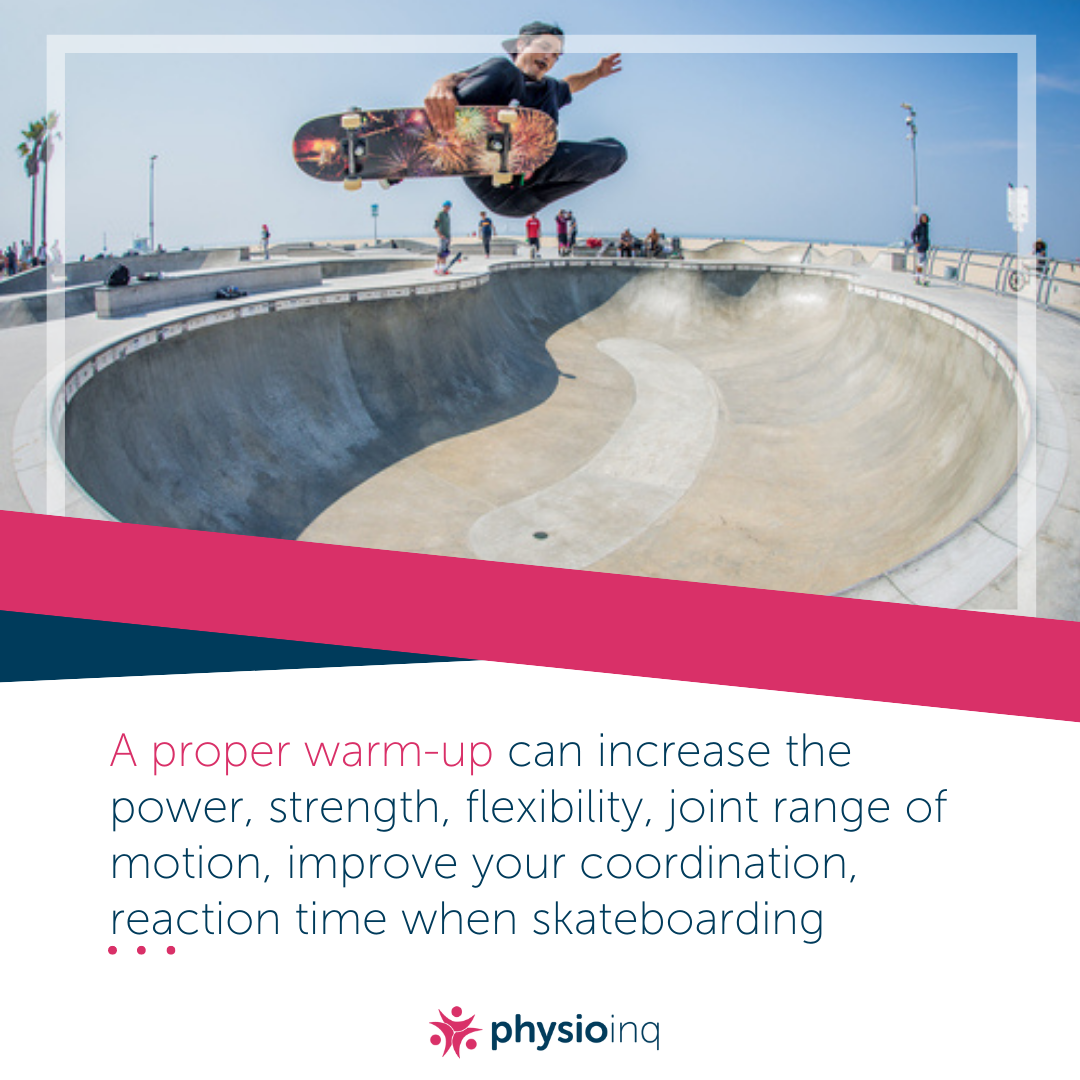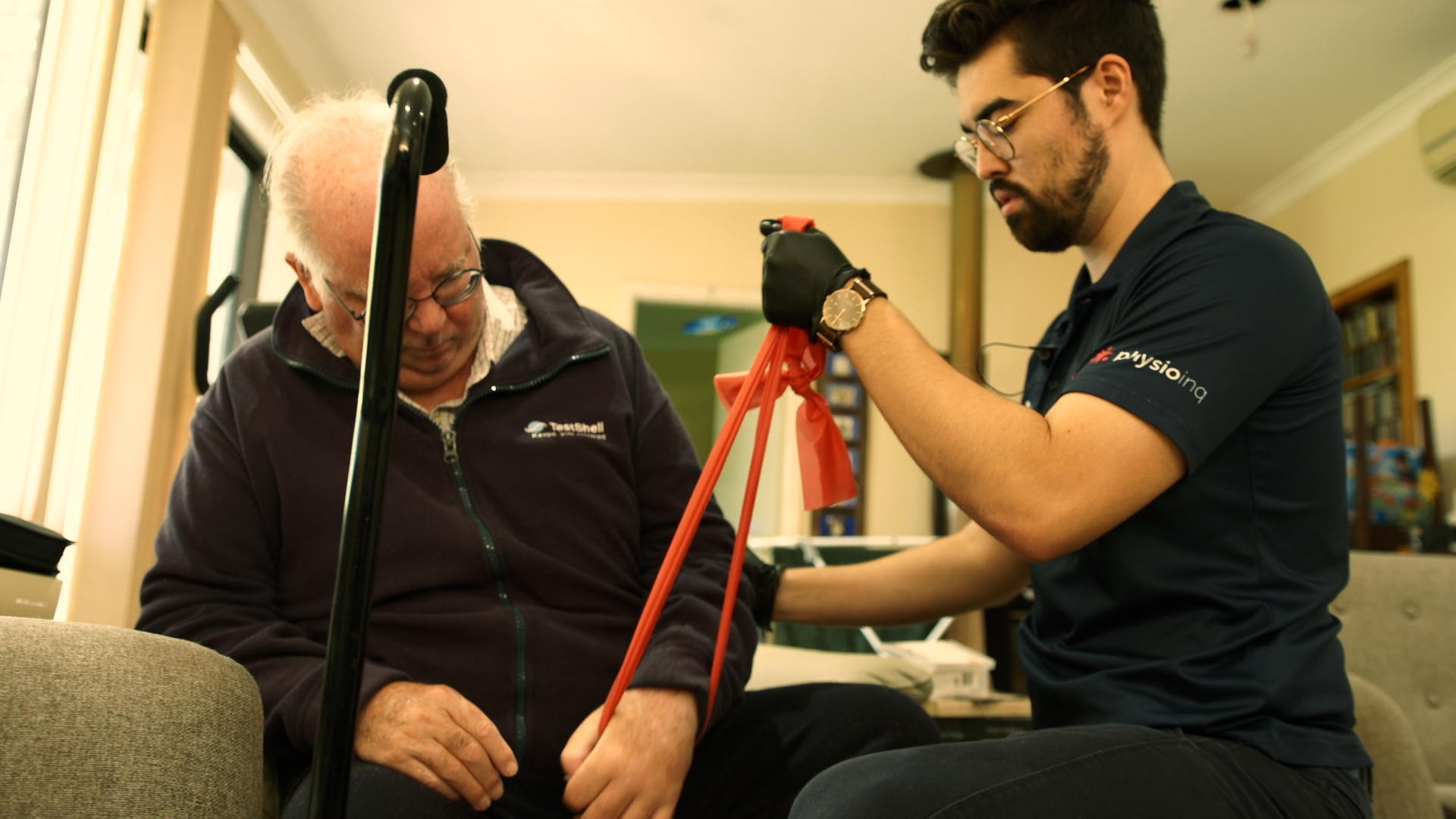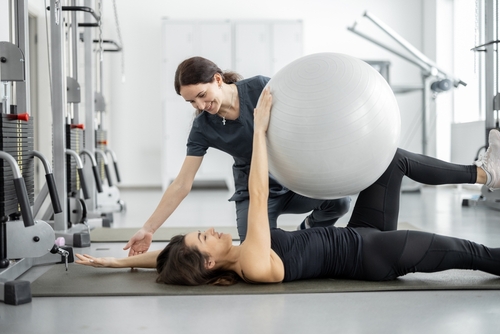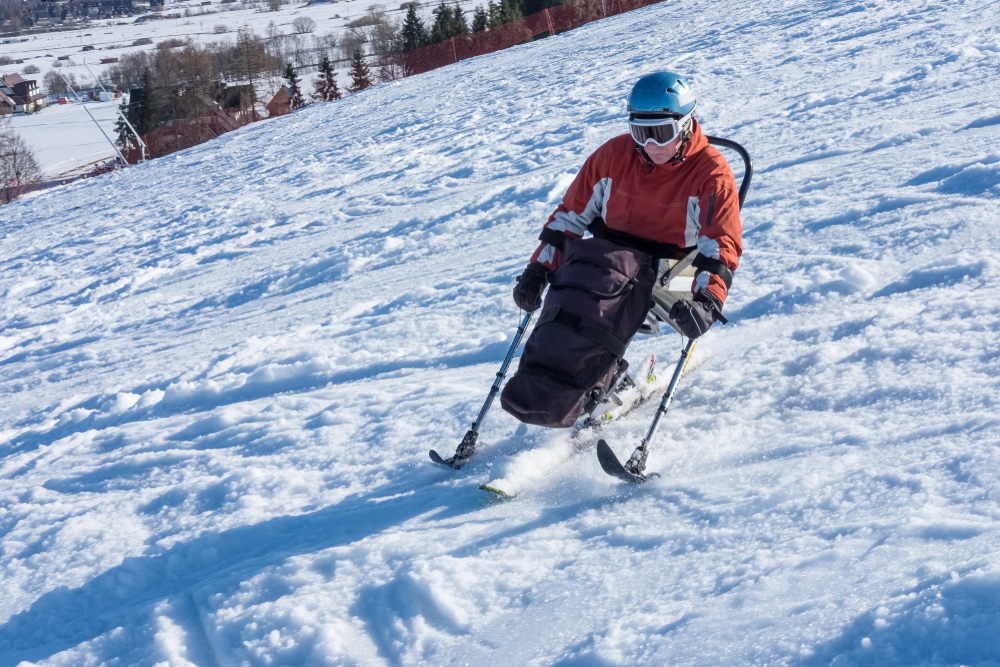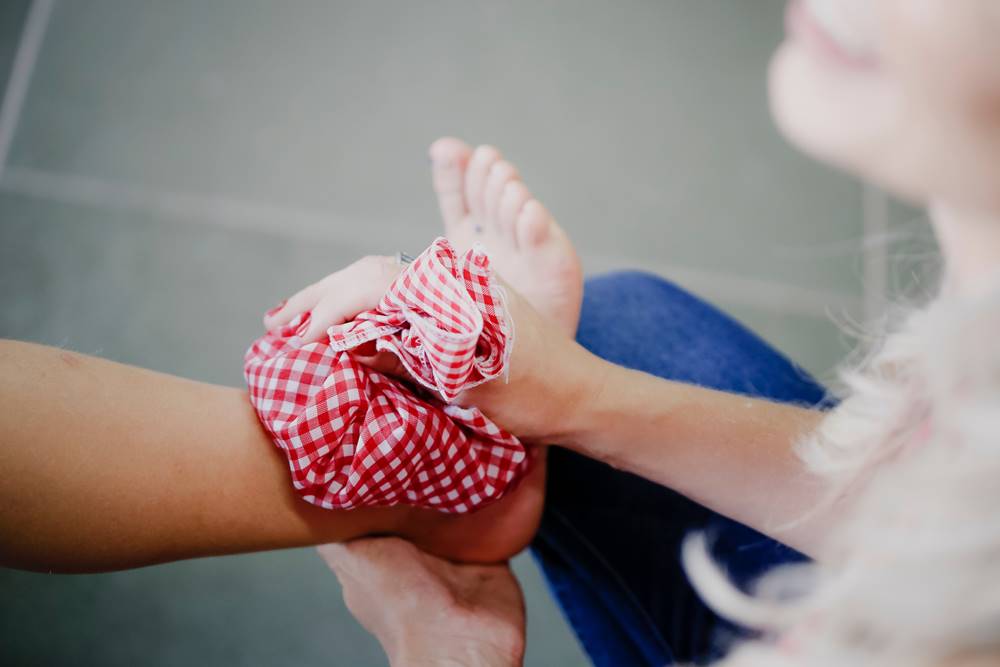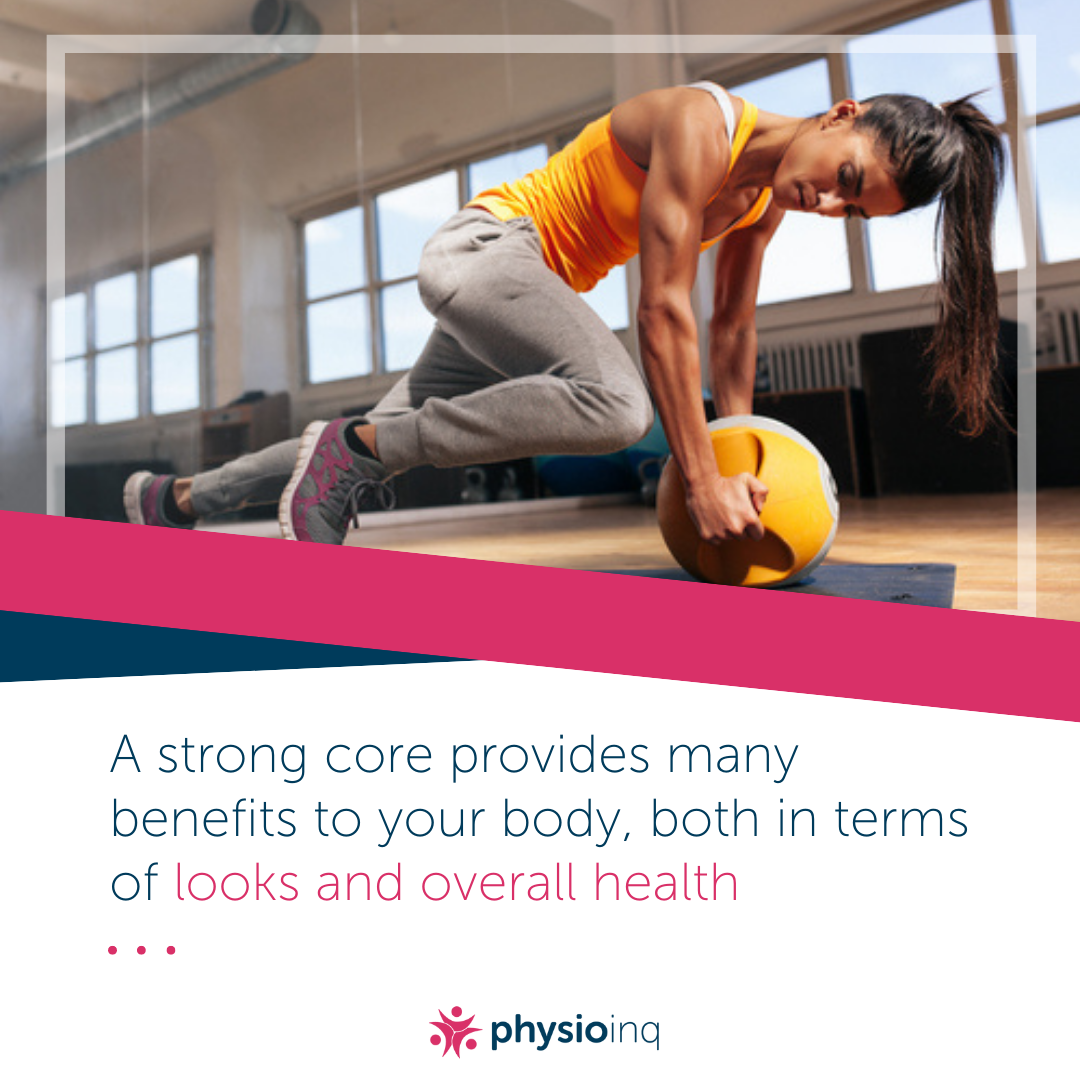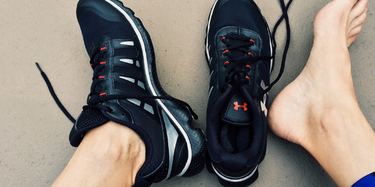Make an Appointment
We all know we’re supposed to do some stretching before exercise such as before a run or gym session. Right? Wrong. In fact, not all of us should stretch before a workout. And even beyond whether or not you should, it actually depends on what you mean by “stretch”.
There are different ways to stretch and they’re not all created equal. Some stretches are better than others, depending on when you do them.
So, it’s important to pay attention to our stretch sessions to make the most out of our workouts and fitness routines.
If you’re wondering, “Should I stretch before a workout?”, let’s have a look at what kind of stretching should really be included before a workout and what your other options are.
Why Do We Need to Stretch?
Stretching is often an overlooked aspect of general fitness and overall well-being. However, being sure to stretch regularly has many benefits, the main being improved muscle flexibility and range of motion in your joints -- which we’ll get into more below.
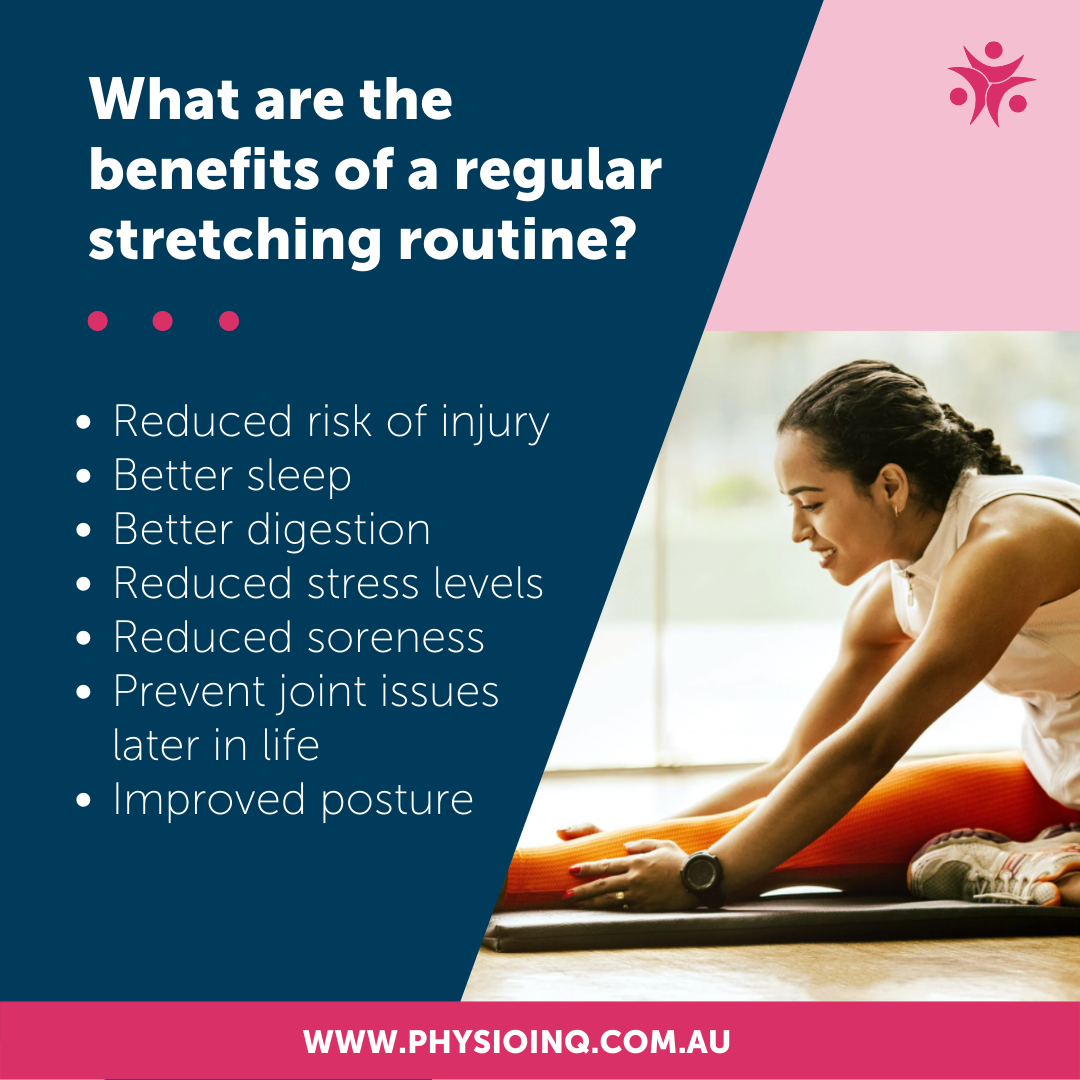
What are the benefits of a regular stretching routine?
The main benefits of a regular stretching routine include;
- Reduced risk of injury
- Better sleep
- Better digestion
- Reduced stress levels
- Reduced soreness
- Prevent joint issues later in life
- Improved posture
Flexibility vs Range of Motion
Now, back to the main benefits of stretching to improve your flexibility and range of motion. But, what’s the difference between the two?
In short, flexibility refers to the suppleness of your muscles and range of motion refers to how you’re able to move through your joints.
Stretching improves flexibility by making our muscles more supple and by retraining our nervous system to tolerate deeper stretches.
Can you recall that fight or flight feeling that starts to come up when you do a particularly tough stretch?
Doing so regularly (yet safely) reminds our nervous system that we can, in fact, stretch further today than yesterday, calming that fight or flight response.
However, when it comes to flexible muscles, it should be mentioned that too much flexibility can also be detrimental. When our muscles are too flexible, they also become less powerful. So, be sure to cross-train with plenty of strength exercise and stretches.
Stretching regularly also improves the range of motion of our joints. Since the muscles become more flexible through stretching, they’re also more able to move through their joints’ entire range of motion.
Both are essential to reaching fitness goals and preventing injuries since your body will be a lot more forgiving when it’s more flexible and mobile.
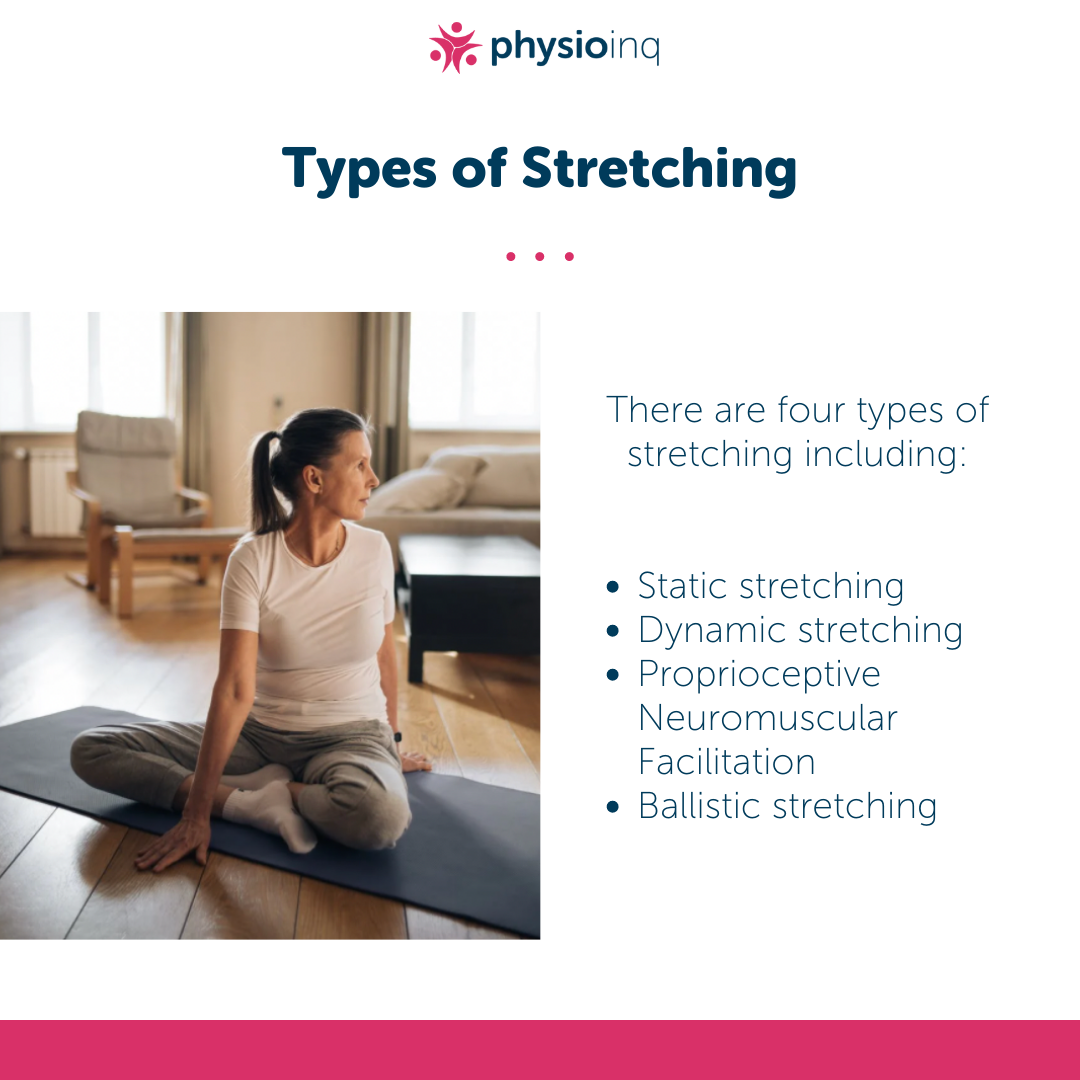
What are the main types of Stretching
There are four types of stretching including:
- Static stretching
- Dynamic stretching
- Proprioceptive Neuromuscular Facilitation (PNF)
- Ballistic stretching
However, the most common types are static and dynamic stretching. So, that’s where we’ll begin.
What is Static Stretching?
Static stretching is the kind of stretching where you lean into the stretch and hold its position.
Examples of static stretches include:
- Standing forward folds
- Butterfly stretch
- Reclined twists
- Figure four stretch
Static stretching has been found to be effective for increasing range of motion in a particular joint. So, for activities that require a larger range of motion, like dancing and gymnastics, static stretching is necessary.
The key, however, is to avoid overstretching, meaning you shouldn’t hold a stretch for longer than 45 seconds or push further than you need to.
However, if you are about to embark on a strength workout or power sport, like running, basketball, or weight lifting where you need explosive movements, static stretching seems to significantly reduce performance up to 30 minutes afterwards.
Instead, static stretching is best either after a workout or on its own as part of a separate session.
Here are so more examples of Static Stretching
Source: Redefining Strength
What is Dynamic Stretching?
Dynamic stretching is the kind of stretching where you move the muscle from one end of its range to the other end of its range.
Examples of dynamic stretches include:
- Leg swings
- Hip circles
- Bum kicks
- Easy bodyweight squats
If you’re thinking, “Should I stretch before a workout?”, dynamic stretching seems to be a lot more beneficial before a workout whereas static stretching, as mentioned above, is better after the fact.
Dynamic stretching before exercise is what you might do during a traditional warm-up. They’re the best kind of stretches to do before a workout because they help to get your heart rate up while loosening up your muscles.
Instead of doing static stretches before a workout where you run the risk of overstretching and significantly weakening your performance, swap in some dynamic stretches instead.
21 Dynamic Stretching Warm Up Exercises
Source: Redefining Strength
Proprioceptive Neuromuscular Facilitation (PNF)
PNF refers to holding a stretch while contracting and releasing the muscle to deepen the range of motion. Although this isn’t a common form of stretching, it’s still effective and safe.
An example of PNF would be doing a reclined hamstring stretch by lying on your back with one leg extended toward the sky. To deepen the stretch, you’d simply activate your hamstrings and then release. You’ll notice that every time you release the muscle, you can go a tiny bit further.
PNF stretching is more common among athletes who are already very flexible with a wide range of motion. PNF helps people get a deeper stretch than static or dynamic stretch can offer but, again, is not for everyone.
What is Ballistic Stretching?
Ballistic stretching or bouncing stretches involves going into a stretch where you’ll “bounce” deeper into it. It’s another less common form of stretching but it’s not one you should probably try, especially if you’re new to stretching.
Although it might seem natural to bounce and jerk yourself deeper into a stretch, you’re risking injury by doing so. Slow and steady is a much better tactic when it comes to stretching.
However, again, for those who are experienced athletes who need a deeper stretch, ballistic stretching may be effective. But, as with any stretching or mobility exercises, it’s always best to work with a professional such as a physiotherapist or personal trainer to ensure safety.
Check out the Ballistic Stretching routine below to see what it’s all about.
Source: Tom Merrick
What are the Benefits of Dynamic Stretching Before Exercise
Performing some dynamic stretches as part of your warm-up before a workout has many benefits for your overall health and fitness. Some of these benefits include:
- Less stiffness
- More range of motion to complete the workout effectively
- Increased heart rate
- Reduced risk of injury
- Reduced soreness post-workout
Again, the answer to the question, “Should I stretch before a workout?” is yes if you are performing dynamic stretches.
Avoid Static Stretching Before Exercise
Especially when it comes to group sports like dancing or gymnastics, it used to be common practice to do some static stretches before your dance class or gymnastics drills.
However, some studies have shown that static stretching should only be done after a workout since being overstretched before strenuous exercise can actually cause more harm than good.
Again, over-stretching causes our muscles to lose power and strength which isn’t a great idea just before a workout or something as strenuous as high-level dancing or gymnastics.
We need strong muscles and joints to protect us from injuries so that we can land out of a jump correctly, use proper form while lifting weights, or activate our core to regain lost balance. Static stretching simply doesn’t benefit our bodies in the short term as well as dynamic stretching can.
That’s not to say that static stretching is bad though. Simply do some static stretches at the end of a workout instead for its countless long-term benefits.
Set Aside Time to Stretch
While you should always do dynamic stretching before exercise and static stretching after one, it’s also important to find a separate time to do a full stretching session.
Especially if you’re working toward a flexibility goal or you’re rehabilitating an injury, setting aside a time to stretch that’s neither before nor after a workout can be a game-changer.
In other words, think of stretching sessions as their own workout. Just because you’re not necessarily getting sweaty or puffed, stretching is incredibly important.
Instead of focusing only on strengthening and toning workouts, making time to stretch and work on flexibility is, again, a majorly overlooked aspect of any health and fitness journey. So, make sure you’re incorporating some time to stretch within your weekly workout schedule.
Working with a Physiotherapist on Flexibility
To learn more about safe stretches and how you can increase your flexibility and range of motion, working with a physiotherapist is your best bet. Here’s what will happen when you meet with a physio.
First, they’ll assess your current level of fitness, your flexibility and your range of motion by putting you through a series of simple exercises like touching your toes and doing a low lunge.
From there, your physiotherapist will create a custom stretching plan based on your current flexibility and mobility levels and your overall goals. You’ll also likely be instructed to not only stretch, but also to work on strengthening exercises since strength and flexibility truly work in tandem.
Again, over-stretching and becoming too flexible can actually be detrimental. We need strong muscles and mobility within the joints. So, your physiotherapist will likely take a more well-rounded and holistic approach toward improving your flexibility.
If you’re suffering from an injury, especially if the injury is chronic, improving your flexibility can be a massive part of your rehabilitation. In such cases, working with a physiotherapist to improve flexibility and range of motion can prove to be invaluable.
Not to mention, stretching is a huge stress-reliever and it’s no secret that stress can contribute to developing countless chronic physical conditions and often makes existing conditions worse.
Again, by implementing a regular stretching routine, you’ll get countless benefits to your nervous system that are undeniable.
And at the very least, you’ll learn how to safely and effectively perform both dynamic and static stretches that you can bring into your everyday fitness routine on your own.
Sometimes, we’ll find that we’ve been doing stretches incorrectly and a physiotherapist can help us to use the correct form which can better protect us from injury and pain.
So, if you want to gain flexibility and mobility, improve your physical performance in sports or at the gym, and reduce stress levels, book an appointment with a physiotherapist today.
Other Useful Resources
It’s clear that we each need to tailor our warm-up for the exercise or sport that we’re about to do. Remember that we are preparing our bodies for how it’s about to work.
To find out more information about our Clinic & Mobile Physiotherapist services in Australia, please contact us today or find your local Physio Inq Clinic or convenient Mobile Physio Services.
Want to read more blog articles from Physio Inq? Check out some blogs we think you may like:
Date Published: Friday, November 12, 2021
Locate a Mobile Physiotherapy
Service Near me
Get the experience & convinence you deserve to support your or a loved one's allied health needs.
Our Mobile Physiotherapy team are currently serving & taking appointments in the following states and regions in Australia:
Need to get into direct contact with ur Client Services team? We're all ears. Call our team directly on 1300 731 733



